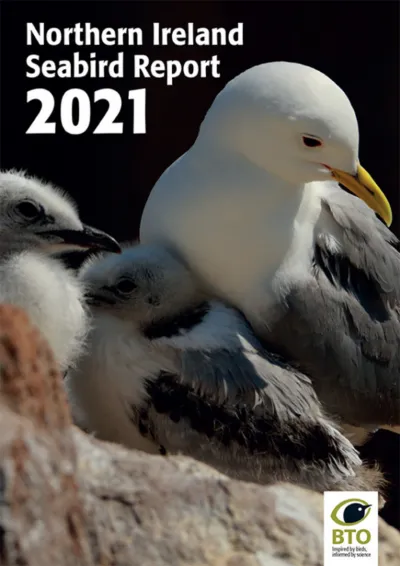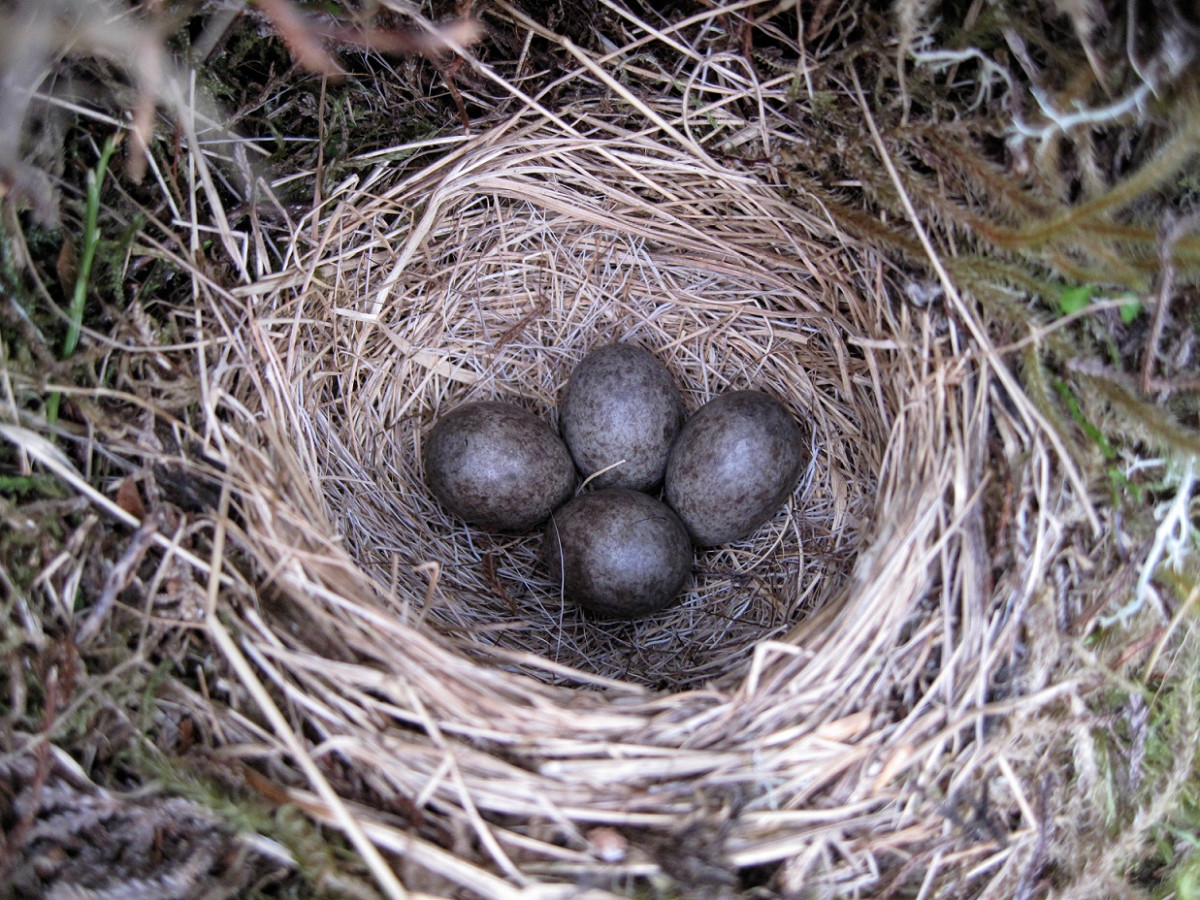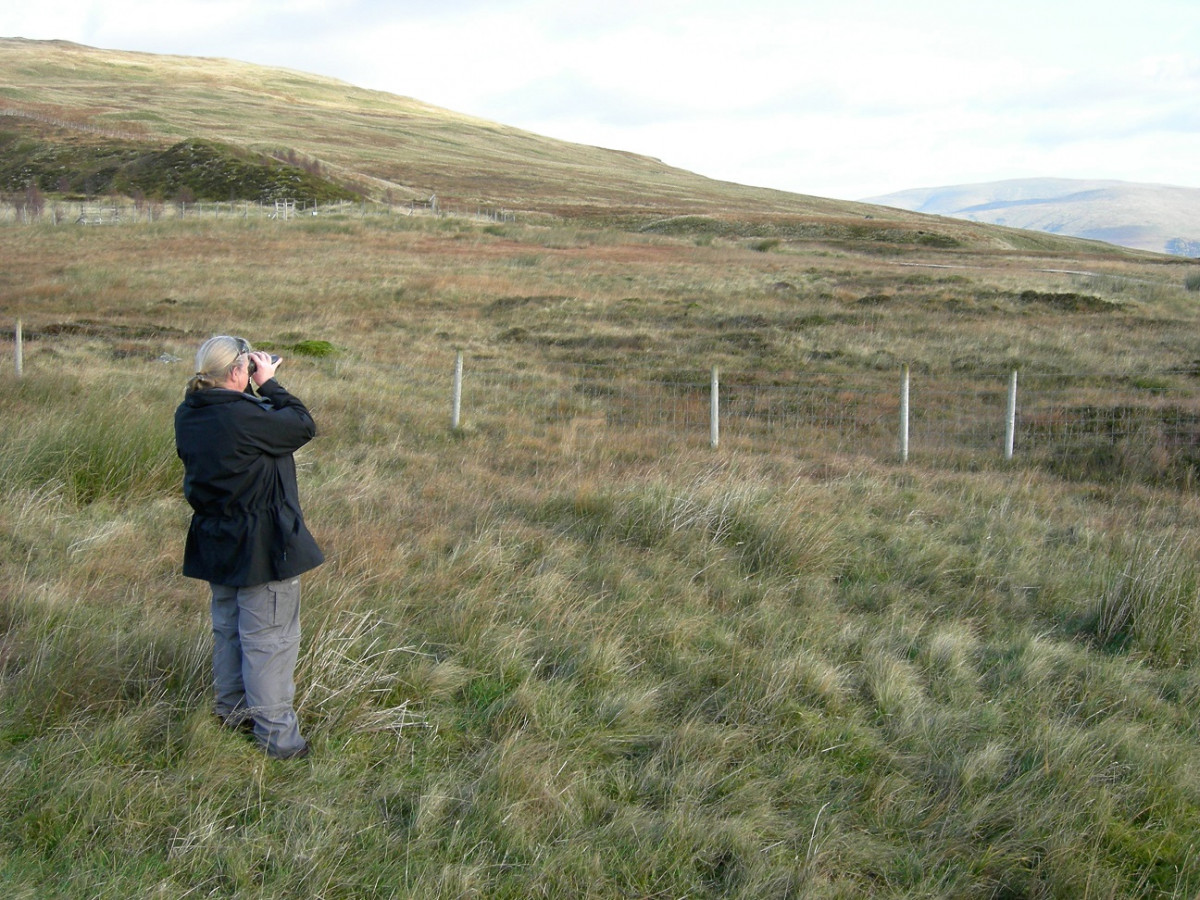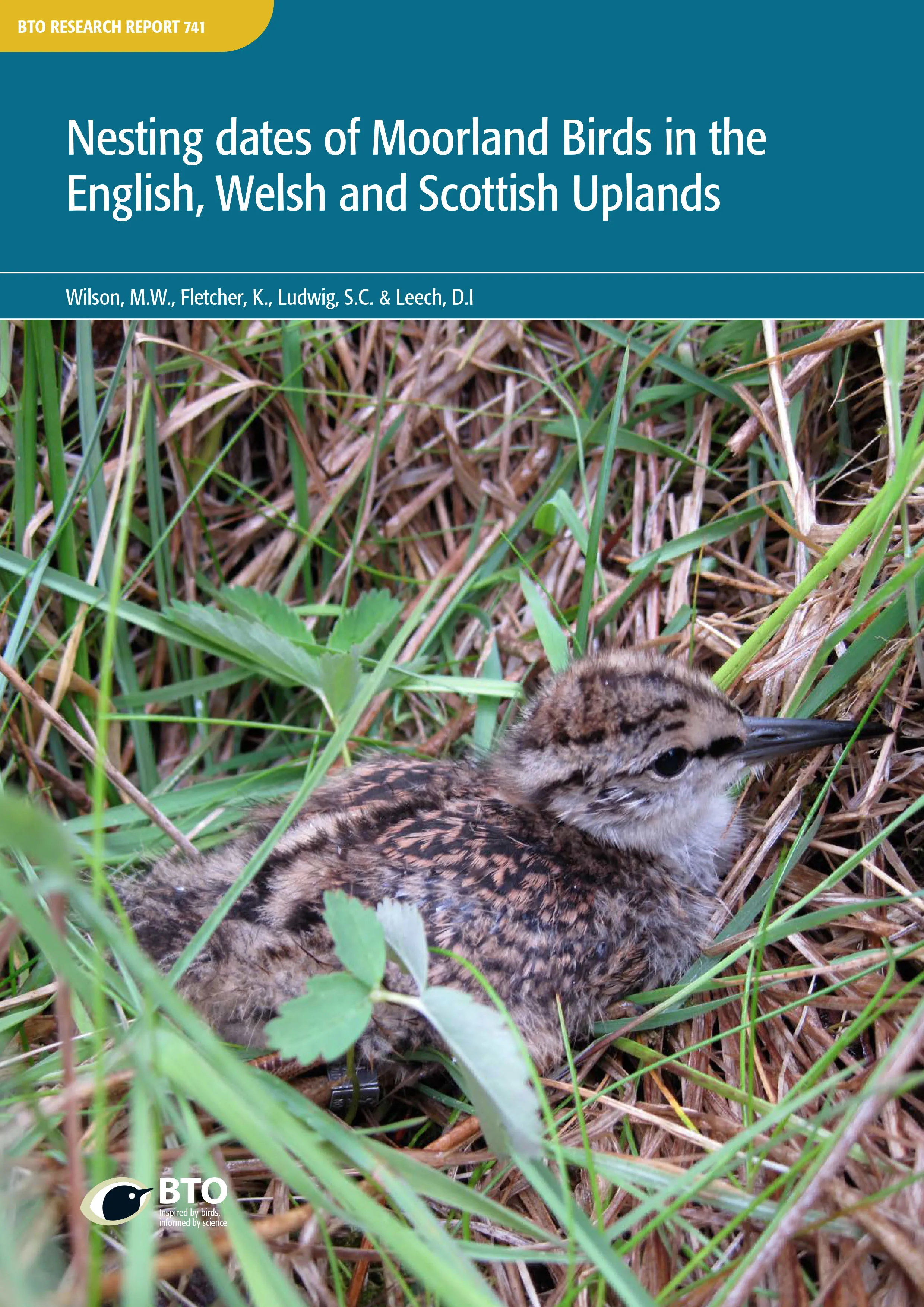BTO create and publish a variety of important articles, papers, journals and other publications, independently and with our partners, for organisations, government and the private sector. Some of our publications (books, guides and atlases) are also available to buy in our online shop.
Annual report of the Seabird Monitoring Programme
Seabird Population Trends and Causes of Change: 1986–2023
This report presents the latest seabird population trends in breeding abundance and productivity using data from the Seabird Monitoring Programme (SMP).
The report documents changes in the abundance and productivity of breeding seabird species in Britain and Ireland from 1986 to 2023, and provides a detailed account of the 2021, 2022 and 2023 breeding seasons.

Search settings
Northern Ireland Seabird Report 2021
Author: Booth Jones, K.
Published: 2022
There was a significant survey effort by volunteers, NGOs and NIEA around Northern Ireland’s coastline for the last year of the Seabirds Count census period, finding that fortunes were mixed for the 20 breeding species of seabird in Northern Ireland. Fulmars continue to decline across most sites, while large gulls buck the national trends and are increasing across Northern Ireland.
08.03.22
Reports Northern Ireland Seabird Report

A framework for climate change adaptation indicators for the natural environment
Author: Pearce-Higgins, J.W., Antãod, L.H., Batese, R.E., Bowgen, K.M., Bradshaw, C.D., Duffield, S.J., Ffoulkes, C., Franco, A.M.A., Geschkek, J., Gregory, R.D., Harley, M.J., Hodgson, J.A., Jenkins, R.L.M., Kapos, V., Maltby, K.M., Watts, O., Willis, S.G., Morecroft, M.D.
Published: 2022
Climate change ‘adaptations’ describe any actions which address the impacts of our changing climate. These adaptations can be focussed on human populations and infrastructure, with measures such as flood defence or the development of drought-tolerant crops, or on the natural environment, through special management of habitats and species.
02.03.22
Papers
Warming temperatures drive at least half of the magnitude of long-term trait changes in European birds
Author: McLean, N., Kruuk, L.E.B., van der Jeugd, H.P., Leech, D., van Turnhout, C.A.M. & van de Pol, M.
Published: 2022
Climate change is impacting wild populations, but its relative importance compared to other causes of change is still unclear. Many studies assume that changes in traits primarily reflect effects of climate change, but this assumption is rarely tested. This paper uses datasets from across Europe, including the BTO's Nest Record Scheme, to show that in European birds global warming was likely the single most important contributor to temporal trends in laying date, body condition, and offspring number. However, non-temperature factors were also important and acted in the same direction, implying that attributing temporal trends solely to rising temperatures overestimates the impact of climate warming. Differences among species in the amount of trait change were predominantly determined by these nontemperature effects, suggesting that species differences are not due to variation in sensitivity to temperature.
01.03.22
Papers

Extreme uncertainty and unquantifiable bias do not inform population sizes
Author: Robinson, O.J., Socolar, J.B., Stuber, E.F., Auer, T., Berryman, A.J., Boersch-Supan, P., Brightsmith, D.J., Burbridge, D.J., Burbridge, A.H., Butchart, S.H.M., Davis, C.L., Dokter, A.M., Di Giacomo, A.S., Farnsworth, A., Fink, D., Hochachka, W.M., Holwell, P.E., La Sprte, F.A., Lees, A.C., Marsden, S., Martin, R., Martin, R.O., Masello, J.F., Miller, E.T., Moodley, Y., Musgrove, A., Noble, D., Ojeda, V., Quillfeldt, P., Royle, J.A., Ruiz-Gutierrez, V., Tella, J.L., Yorio, P., Youngflesh, C. & Johnston, A.
Published: 2022
BTO staff co-author a rebuttal letter setting out the importance of the careful use and interpretation of citizen science data in estimating avian population sizes.
28.02.22
Papers

Nesting dates of Moorland Birds in the English, Welsh and Scottish Uplands
Author: Wilson, M.W., Fletcher, K., Ludwig, S.C. & Leech, D.I.
Published: 2022
Rotational burning of vegetation is a common form of land management in UK upland habitats, and is restricted to the colder half of the year, with the time period during which burning may be carried out in upland areas varying between countries. In England and Scotland, this period runs from the 1st October to 15th April, but in the latter jurisdiction, permission can be granted to extend the burning season to 30th April. In Wales, this period runs from 1st October to 31st March.This report sets out timing of breeding information for upland birds in England, Scotland and Wales, to assess whether rotational burning poses a threat to populations of these species, and the extent to which any such threat varies in space and time.
17.02.22
Research reports Research reports
